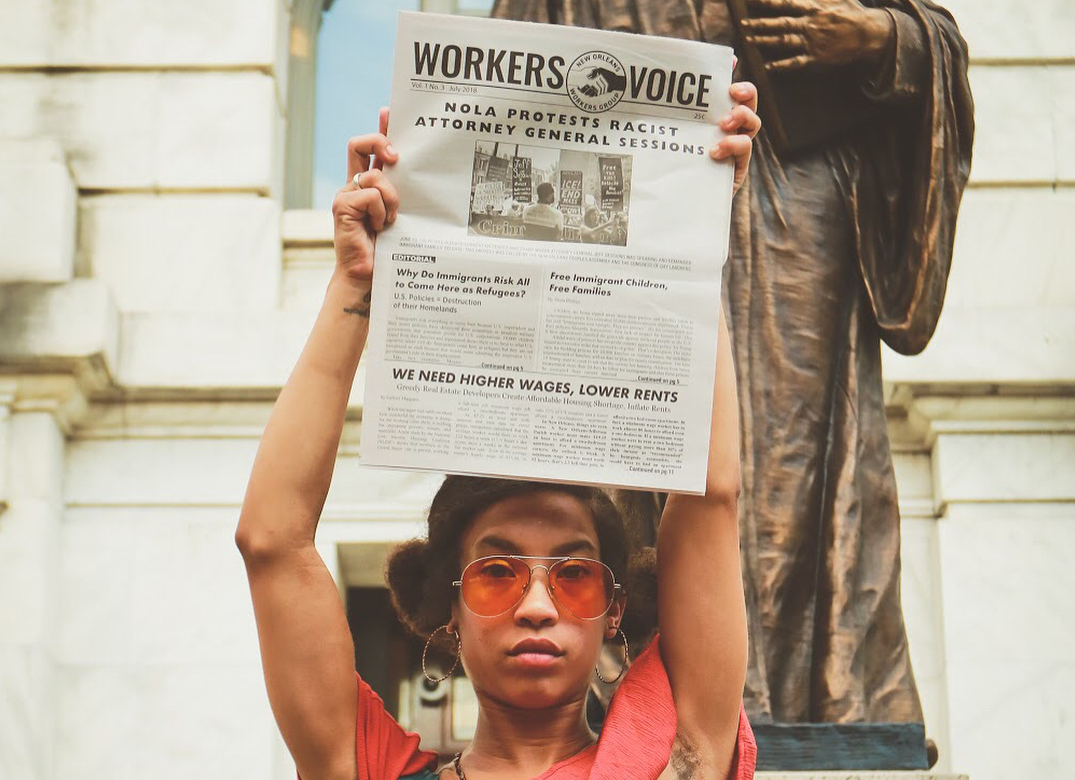The National Domestic Workers Alliance (NDWA) has introduced new legislation at the federal level that could be game-changing for domestic workers across the country. This National Domestic Worker Bill of Rights, if passed, would dramatically increase legal protection for domestic workers, as well as increase potential earnings.
The U.S. has some 2 million domestic workers, including caregivers for children and the elderly, as well as house-cleaners. Although domestic workers greatly contribute to the economy, they are currently excluded from most protections that have been won by other sectors of workers. Conditions for domestic workers are currently dismal. According to the Bureau of Labor Statistics, the mean hourly wage for housekeepers is only $11.84 per hour. A major 2013 study from the Economic Policy Institute found that 23.4% of domestic workers live below the poverty line, and 93.1% are women. Domestic workers are also disproportionately immigrants.
The new bill is co-sponsored by Rep. Pramila Jayapal and Sen. Kamala Harris, but the momentum has come from the grassroots. The legislation is based upon recommendations from domestic worker organizers, and is similar to bills that have already been passed in eight states and in Seattle.
If passed, the Bill of Rights would include domestic workers in Civil Rights and Occupational Health and Safety Act protections. It would also create requirements for fair scheduling, meal and rest breaks, written contracts and protection from employer retaliation. It would also increase access to retirement benefits, paid sick leave, healthcare, and occupational training programs. The bill would make live-in domestic workers eligible for overtime pay. Importantly, domestic workers would also be given increased collective bargaining rights, making unionization easier.
It should be noted that the potential power of domestic workers is tremendous and growing. For example, by 2030–because of an aging population—caregiving is predicted to represent the largest segment of the U.S. workforce.
